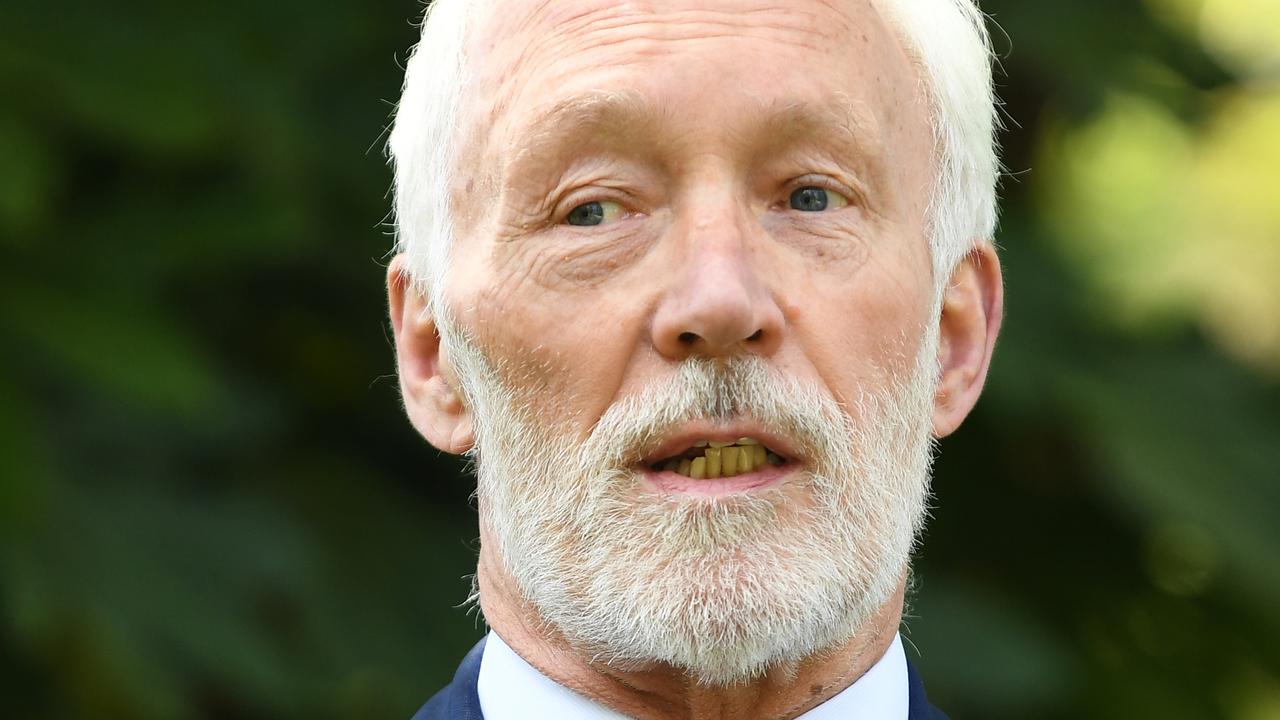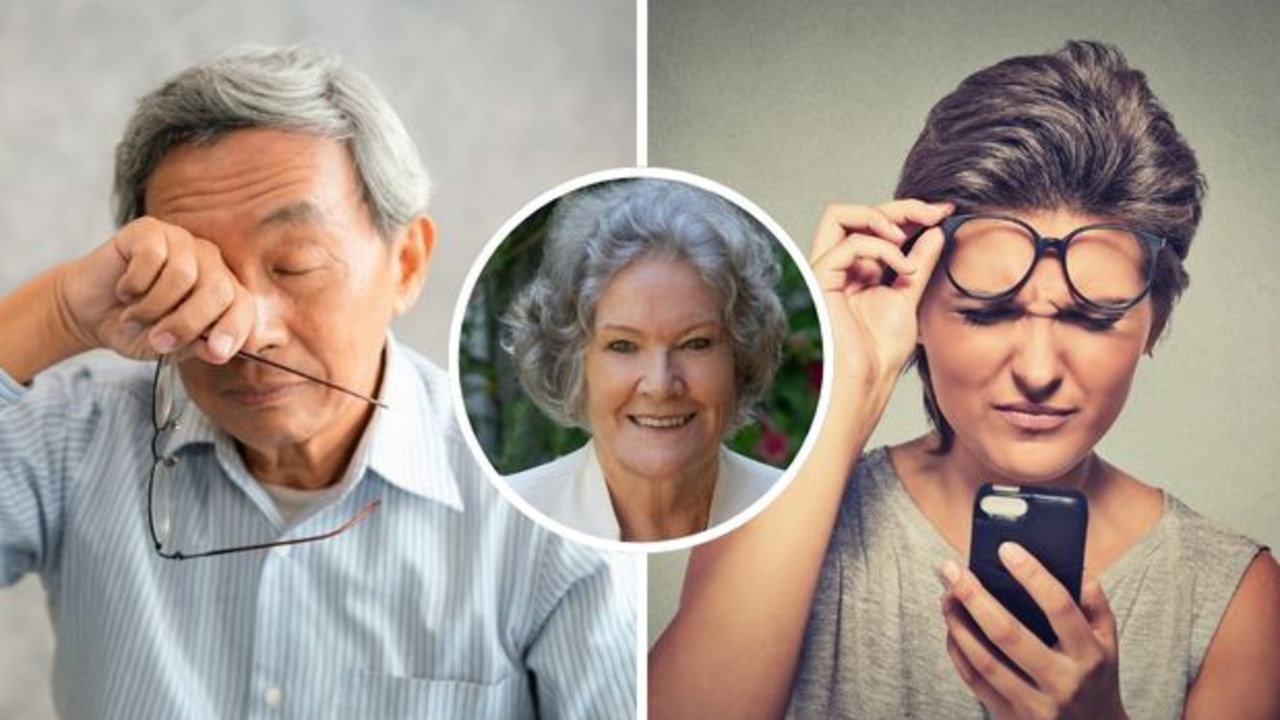It could be six months before we contain coronavirus
Multiple vaccines for coronavirus could be ready for testing within weeks but experts warn it could be at least six months before we start to contain the mystery virus. See how each country is fighting to contain the deadly outbreak.
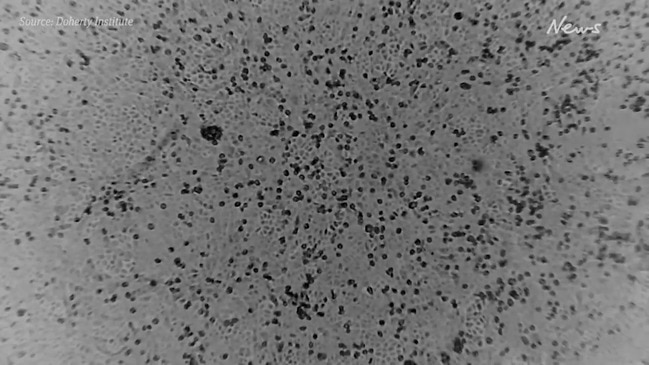
Health
Don't miss out on the headlines from Health. Followed categories will be added to My News.
- Why banning China flights is an ineffective measure
- ‘Global emergency’: China virus death toll hits 213
The World Health Organisation has declared coronavirus a global health emergency, international travel to and from China is being cut off, scientists have grown the virus for research purposes and are racing to develop a vaccine for testing within a month.
Enormous resources are being marshalled to stop the virus spreading but experts have warned it could be six months or more before the virus is contained.
And scientists revealed late this week that the virus may have been transmitted human to human much earlier than first thought.
The ground zero for the virus was thought to be an animal to human transmission at a seafood market in the Chinese city of Wuhan where four people caught the virus around December 29.
However, researchers reported in the New England Journal of Medicine this week they believed the human to human transmission of the virus began in mid December.
After studying data on the first 425 cases they report that the number of people infected is doubling every seven days, it has an mean incubation period of 5.2 days, that men (56 per cent) are more likely to get it, in its early days few children caught the virus, some people had it but were asymptomatic and a few had gastrointestinal rather than respiratory symptoms.
Every person infected is infecting two others.
As China quarantined an entire province of 50 million people and started building two instant 1000 bed hospitals the infection spread to 18 other countries.
Australia has acted quickly to contain the virus making it a notifiable disease, having biosecurity officers checking for infected people on incoming flights from China, isolating those who tested positive and tracing anyone they came into contact with to test them.
The government is also trying to evacuate 600 Australian citizens trapped in the locked-down province of Wuhan in China.
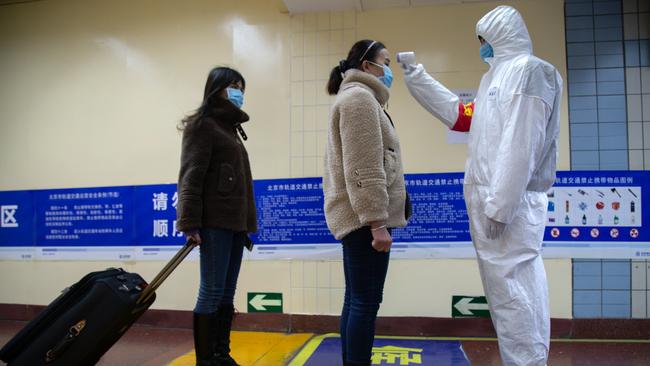
GLOBAL RESPONSE
In the last two weeks there has been a rapid increase in coronavirus infections from just four cases on December 29 to over 7800.
After initially failing to declare the virus a Public Health Emergency of International Concern (PHEIC) the World Health Organisation this week acted to do so after it spread to a further 18 countries.
The declaration
enables the WHO to require nations to provide information on cases, push for trade and travel restrictions and to marshal international resources to help poorer countries with less advanced health systems.
As the virus spread national governments began introducing checks at airports and started quarantining infected people travelling from China.
Many, including Australia, upgraded travel warnings to stop travel to the China’s Hubei Province the epicentre of the outbreak and are asking people to rethink travel to China as a whole.
British Airways stopped its flights to mainland China, United Airlines slashed its flights to China and stores like Starbucks and McDonalds are temporarily closing their cafes in China.
China quarantined 16 cities in its Hubei province to contain the coronavirus forcing 50 million people into lockdown, stopping travel to and from the city and shutting public transport within the cities.
It sent thousands of extra medical staff to the city of Wuhan the epicentre of the virus and is rapidly building two new 1,000 bed hospitals.
Hong Kong suspended high-speed trains and ferries to China border, flights to mainland China were been halved.
Japan and the US have already rescued hundreds of their citizens who were quarantined in China, flying them out in recent days.

FACE MASKS
One month in to the coronavirus pandemic international bodies were this week scrambling to ensure there were enough face masks and other protective medical gear to stop the spread of infection.
Face masks, alcohol wash, gloves, the gowns, and the protective eyewear for doctors are the real first line of defence against the virus.
Panic buying in China and other countries left people in the infection zone unable to get hold of masks and GPs in Australia were complaining hardware stores here had run out and they had no way to protect themselves or possibly infectious patients.
Health Minister Greg Hunt released one million masks from our national medical stockpile of 12 million masks.
At the global level the World Health Organisation (WHO) in collaboration with the World Economic Forum has set up a Pandemic Supply Chain Network to find out where medical equipment is available and ensure it can get to infections zones quickly.
They don’t want a situation where worried well people are stockpiling equipment while infected people can’t access it.
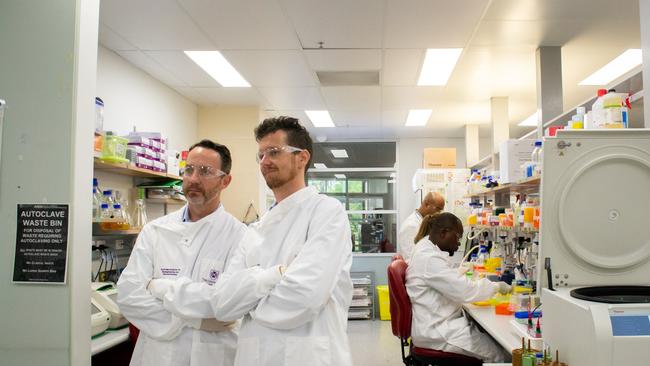
MORE:
CHINESE CORONAVIRUS HOSPITALS MASK BIGGER ISSUE AT PLAY
TRAVEL INSURANCE WON’T COVER DEADLY CHINA VIRUS ‘FEAR’
VACCINE RACE
A vaccine could stop the spread of China’s deadly coronavirus and Australian scientists are at the forefront of the race with a team from University of Queensland working to produce a vaccine for clinical trial within 16 weeks.
The Doherty Institute at Royal Melbourne Hospital was the first to grow the virus outside China and the CSIRO’s Geelong laboratory is now mass producing the virus so teams around the world who are trying develop a vaccine can test its efficacy on those samples.
Chinese scientists released the genetic makeup of the coronavirus on January 10 and the next day researchers at the US National Institutes of Health’s Vaccine Research Centre in Maryland had found the genetic code that could be used to make a vaccine.
Two weeks on US researchers at Inovio pharmaceuticals had designed a DNA based vaccine against the deadly Chinese coronavirus that could be ready for animal tests within a month.
The US company has already produced a vaccine against another coronavirus — MERS — that has been found to be safe and effective in human clinical trials and it quickly adapted that to fight the new coronavirus.
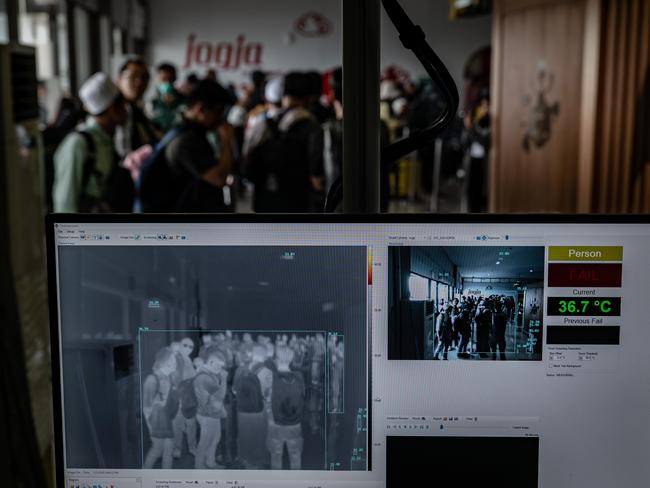
The University of Queensland has produced a new molecular clamp technology for the rapid generation of new vaccines from the knowledge of a virus’s genetic sequence information.
Lead researcher professor Keith Chappell said the group aims to have a vaccine ready for dosing humans within 16 weeks if everything goes perfectly.
Despite the speed of vaccine development Peter Collignon the Professor Infectious diseases at the Australian National University said it could be a year before any vaccine against China’s coronavirus is ready to use in humans.
“First it must be tried on animals to see if it works, then you’ve got to make sure its not toxic in humans, then you have to experiment on humans and then a larger study will be needed to show it works and has no side effects,” he said.
A vaccine against another coronavirus SARS was developed in 2004 and found to be effective in small scale trials but by the time it arrived the virus was already under control as a result of public health measures and it was shelved.
Speeding up the vaccine development is a new pool of philanthropic funding.
After the recent ebola outbreak a new non-profit organisation called the Coalition for Epidemic Preparedness Innovations raised $750 million to develop new platforms for speedy vaccines.
Last week the coalition gave three companies, including researchers at the University of Queensland $12.5 million to develop a vaccine against China’s coronavirus.
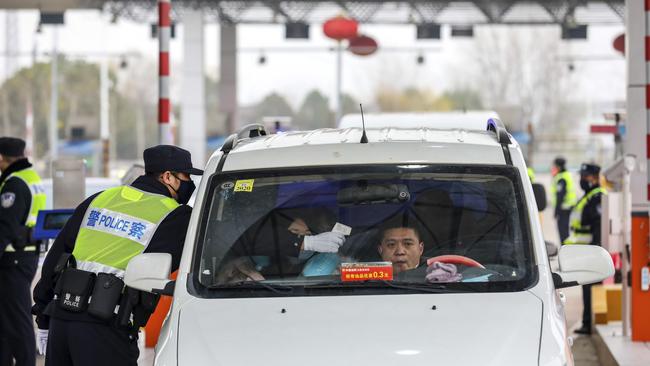
AUSTRALIA’S RESPONSE
While Australia’s infection control measures have been good, this week the first cracks began to emerge in the way we are responding.
The most important element in a health crisis is consistent messaging but this week we had state and federal ministers issuing contradictory messages on whether children who had visited China should attend school.
Meanwhile, while some Australians already infected with the coronavirus were being allowed to stay in home quarantine the 600 Australians who want to be evacuated from China were told they would be held on Christmas Island for two weeks.
These mixed messages undermine the public’s confidence in the management of the virus experts said.
“The public gets confused and stressed out and they don’t know who to listen to,” said president of the Australasian Society for Infectious Diseases Professor Josh Davies.
The Australasian Society for Infectious Disease said the Health Department should be the primary department controlling the response to the outbreak.
However, this week the Home Affairs Minister intervened with a role in managing quarantine for people on Christmas Island.
The Australian Medical Association opposed using Christmas Island for quarantine claiming it was unsuitable and ill equipped for the purpose.
Professor Davies said while it made sense to quarantine the 600 Australians he was not sure why Christmas Island was being used and Home Affairs’ involvement would lead to duplication of responsibility.
If any of the 600 became seriously ill they would have to be transported to a hospital on the mainland and that would mean the crew of that plane and others could be placed at risk of contracting the virus, he said.
However, Head of the Biosecurity Research Program at the Kirby Institute (UNSW Medicine) Professor Raina MacIntyre backed the government’s quarantine plan.
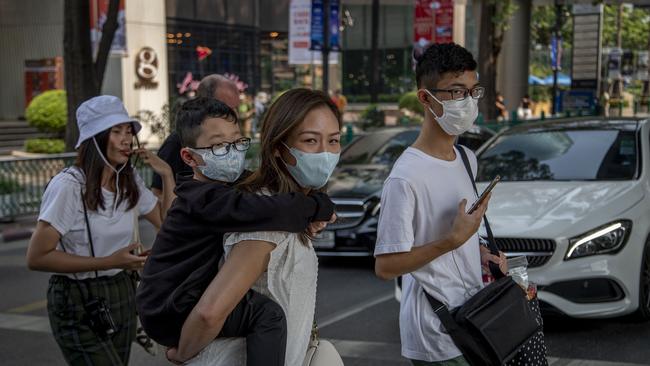
OUTLOOK
In 2003 it took six months to contain another deadly coronavirus that originated in China which infected 8000 people and killed almost 800.
That outbreak spread to more than 24 countries in North America, South America, Europe, and Asia before it was stopped in July 2003.
The current viral infection is already threatening to infect more people but it does not seem to be as deadly.
Experts said it could take a similar time frame to stop the spread of the new coronavirus and they have praised China for sharing information about the virus and acting decisively to contain it
Originally published as It could be six months before we contain coronavirus

